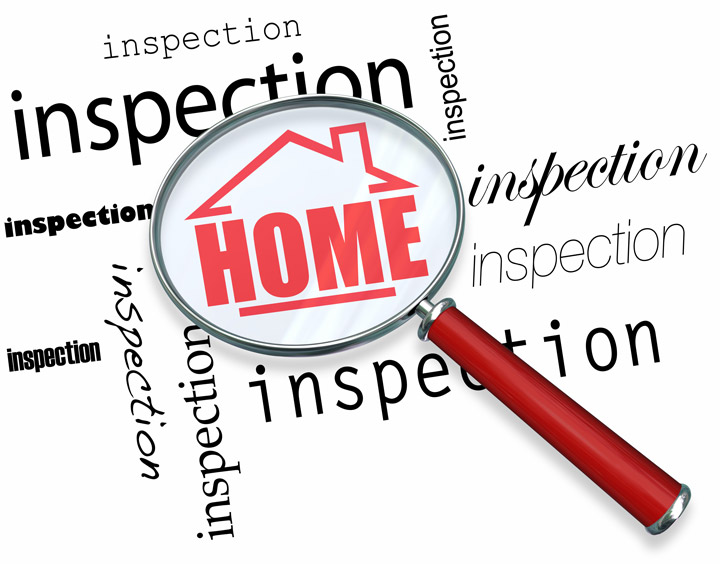
What Are the Parts of an Appraisal?A home purchase is the largest financial decision many people may ever make. It doesn't matter if a main residence, a second vacation property or an investment, purchasing real property is a complex transaction that requires multiple people working in concert to pull it all off. The majority of the participants are very familiar. The real estate agent is the most known entity in the transaction. Next, the bank provides the money needed to finance the deal. And the title company sees to it that all aspects of the transaction are completed and that a clear title passes from the seller to the purchaser. So, what party is responsible for making sure the value of the property is consistent with the amount being paid? In comes the appraiser. We provide an unbiased estimate of what a buyer might expect to pay — or a seller receive — for a parcel of real estate, where both buyer and seller are informed parties. A licensed, certified, professional appraiser from O'Brien Appraisal Group will ensure, you as an interested party, are informed. Inspecting the subject propertyTo ascertain the true status of the property, it's our responsibility to first conduct a thorough inspection. We must actually view aspects of the property, such as the number of bedrooms and bathrooms, the location, living areas, etc, to ensure they really are present and are in the condition a reasonable buyer would expect them to be. The inspection often includes a sketch of the house, ensuring the square footage is correct and illustrating the layout of the property. Most importantly, the appraiser looks for any obvious amenities - or defects - that would have an impact on the value of the house. After the inspection, we use two or three approaches to determining the value of real property: sales comparison and, in the case of a rental property, an income approach. 
Replacement CostThis is where the appraiser uses information on local construction costs, the cost of labor and other factors to figure out how much it would cost to replace the property being appraised. This value commonly sets the maximum on what a property would sell for. The cost approach is also the least used method. 
Sales ComparisonAppraisers become very familiar with the subdivisions in which they work. They innately understand the value of specific features to the residents of that area. Then, the appraiser looks up recent sales in the neighborhood and finds properties which are 'comparable' to the real estate being appraised. Using knowledge of the value of certain items such as upgraded appliances, extra bathrooms, additional living area, quality of construction, lot size, we add or subtract from each comparable's sales price so that they more accurately portray the features of subject.
In the end, the appraiser reconciles the adjusted sales prices of all the comps and then derives an opinion of what the subject could sell for. At O'Brien Appraisal Group, we are an authority when it comes to knowing the worth of particular items in Clarksville and Mecklenburg County neighborhoods. The sales comparison approach to value is typically awarded the most consideration when an appraisal is for a home exchange. Valuation Using the Income ApproachIn the case of income producing properties - rental houses for example - we may use a third approach to value. In this case, the amount of income the property generates is taken into consideration along with income produced by similar properties to derive the current value. Coming Up With The Final ValueCombining information from all applicable approaches, the appraiser is then ready to put down an estimated market value for the property at hand. The estimate of value on the appraisal report is not necessarily the final sales price even though it is likely the best indication of what a property is worth. There are always mitigating factors such as seller motivation, urgency or 'bidding wars' that may adjust an offer or listing price up or down. Regardless, the appraised value is typically used as a guideline for lenders who don't want to loan a buyer more money than they could recover in case they had to sell the property again. At the end of the day, an appraiser from O'Brien Appraisal Group will help you discover the most fair and balanced property value, so you can make profitable real estate decisions. |